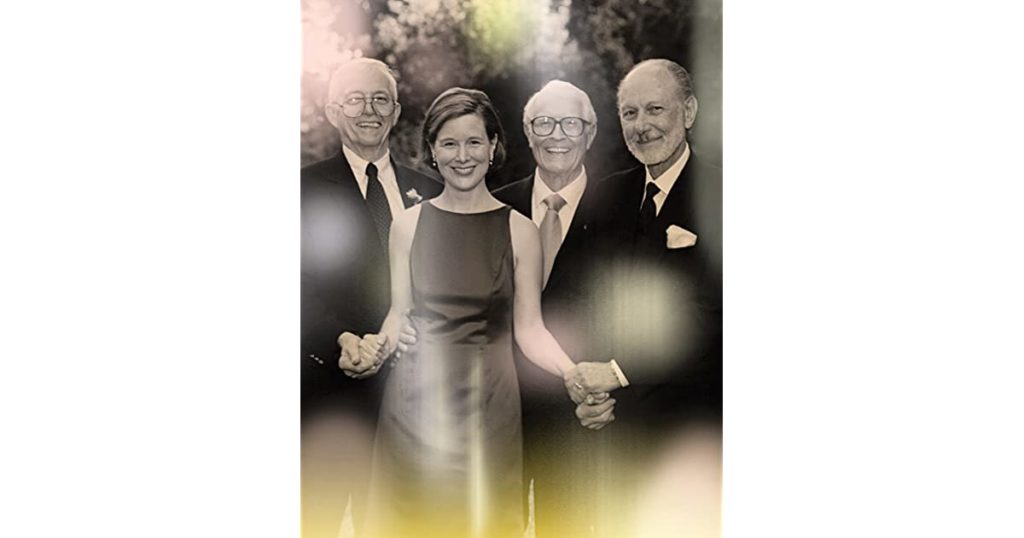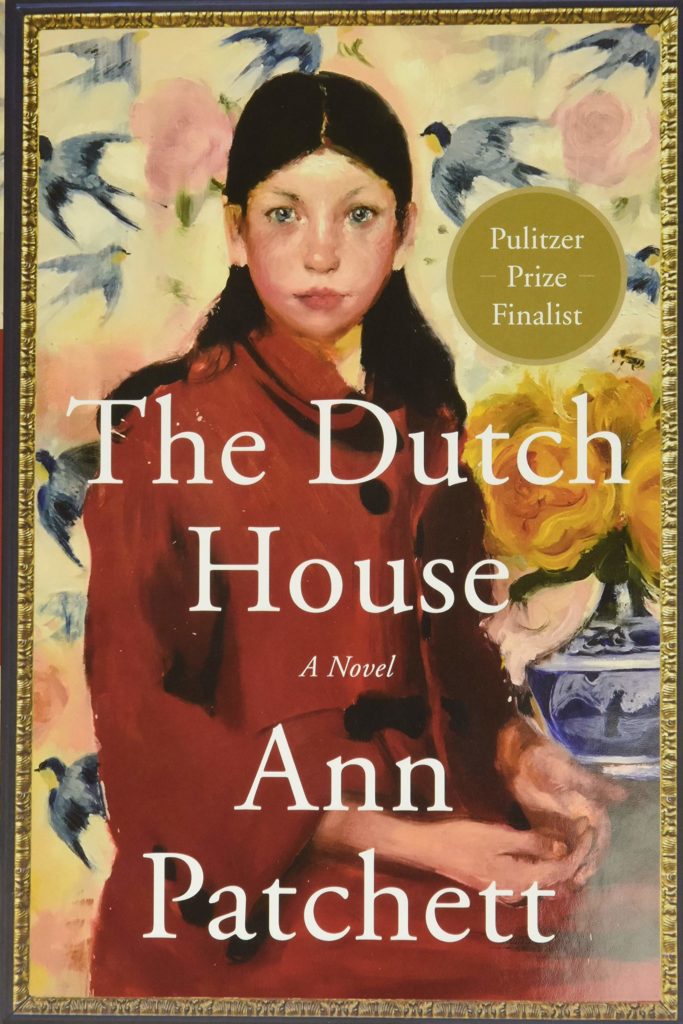Two Books by Ann Patchett
As you know, Ann Patchett is one of my favorite authors, as evidenced HERE and HERE. So of course, I read her most recent essay collection, These Precious Days. I’ve grown to enjoy reading essays, especially when written by an author I admire.

From the very first essay, I was highlighting passages — how Ann feels most vulnerable when carrying her fictional characters around in her head as she is writing her novels.
And, her essays written during the pandemic had me nodding in agreement.
Most of the writers and artists I know were made for sheltering in place. The world asks us to engage, and for the most part we can, but given the choice, we’d rather stay home.
Another essay that will stay with me for a long time was written about her three fathers — her biological father and her two stepfathers. She expounds on their three very different personalities and relationships with her. The way she describes the group photo she orchestrated with the three of them made me smile, and her antidotes about each of them left me sad, but nonetheless, feeling good.
Ms. Patchett writes about writing, her books, and how she’s obsessed with making sure her book covers are exactly the way she envisions them. (More on that in the review below.)
But most poignantly, she writes about two important friendships — with lifelong friend Talia, and her new friend Sooki. Her friendship with Sooki — the topic of the title essay — was especially moving. Ms. Patchett tells of reading an advance copy of Tom Hanks’ book Uncommon Type, and how she loved it and wrote a review for the publication. Then she was invited to interview Tom Hanks, himself. That’s where she met Sooki Tom’s assistant— and the two became close email friends. And then, Sooki was diagnosed with pancreatic cancer.
Ann sprung into action because she could. Her husband, Karl, a doctor, connected Sooki with a clinical trial, and she moved in with Ann and Karl during her treatments. Near strangers, but not strangers at all. It’s always remarkable to me how two souls find one another and connect.
For as many times as the horrible thing happens, a thousand times in every day the horrible thing passes us by.
And then this quote I read and re-read shaking my head at Ms. Patchett’s insight…
The trouble with good fortune is that we tend to equate it with personal goodness, so that if things are going well for us and less well for others, it’s assumed they must have done something to have brought that misfortune on themselves while we must have worked harder to avoid it. We speak of ourselves as being blessed, but what can that mean except that others are not blessed […] It is our responsibility to care for one another, to create fairness in the face of unfairness and find equality where none may have existed in the past.
If there is a theme to These Precious Days — it’s all about hope and finding a way through the darkest times — and doing so with ferocity, understanding, openness, and love.
Reading this book made me feel like the world is not actually such a horrible place, because there are dear friends and good people everywhere – they just don’t make the headlines.
The next Ann Patchett I read was The Dutch House. The very kind publishers sent me a digital advance readers copy several months (whoops) several years ago, but I had forgotten about this book. That is, until I read about the author’s long journey to find and eventually create this cover art (in one of her essays reviewed above).
But first I’ll tell you about the plot.
The Dutch House is located just outside of Pennsylvania and is a grand home with lovely large windows, a stately facade, and, beautiful interiors. Maeve and Danny Conroy live there with their father. We learn that the father very much wanted this house and quickly purchased it when the previous (Dutch) owners died. Their mother is no longer around (we learn why later on) and now they have the proverbial stepmother, who has her own two daughters. When their father dies, the house becomes part of a painful tug of war… Maeve and Danny are stripped of all their inheritance and thrown out their Dutch House. At this point, the family secrets start tumbling out.
This sudden life change means the brother and sister need each other even more. The book follows them through five decades. As they became adults, I grew more attached to them; and was invested in the choices they made and cringed (more than once) at their behavior.
This novel is as much a story of the house itself as it is of the people who inhabit it. The story line encompasses several generations of the Conroy family as they deal with issues that many of us face during our lifetimes – difficulty communicating within the family, sickness and health, economic concerns, step parenting, sibling relationships, and what it means to feel at home where you are and within yourself. And the sumptuous Dutch House is a fully developed character in its own right.
The dining room ceiling was painted a shade of blue both deep and intense, and was covered in intricate configurations of carved leaves that had been painted gold, or, more accurately, the leaves had been gilded. The gilt leaves were arranged in flourishes which were surrounded by circles of gilt leaves within squares of gilt leaves. The ceiling was more in keeping with Versailles than Eastern Pennsylvania, and when I was a child I found it mortifying. Maeve and my father and I made a point of keeping our eyes on our plates during dinner.
Ultimately, this is a story about how a brother and sister’s love for each other transcends circumstances that would cause others to break.
We had made a fetish out of our misfortune, fallen in love with it. I was sickened to realize we’d kept it going for so long.
The Dutch House is slow burn and the reader is never totally sure where the story is going. There is no dramatic or climatic ending. The writing is gorgeous, and I enjoyed the sense of place and the brother and sister’s characters were fully realized. But, truth be told, I thought this was not one of Ms. Patchett’s best works – there was too much wallowing — too much dysfunction.
N.B. The cover for The Dutch House was described in one the author’s essays in My Precious Days. The novel describes a portrait of Maeve which hangs in the Dutch House. For months, Ms. Patchett and her publishers searched find the right art work — without success. So Ms. Patchett sent the manuscript to an artist friend which resulted in this cover painting. All agreed instantly it was perfect and now the actual artwork now hangs in the author’s home.
Harper Perennial kindly provided a digital review copy via Edelweiss.







